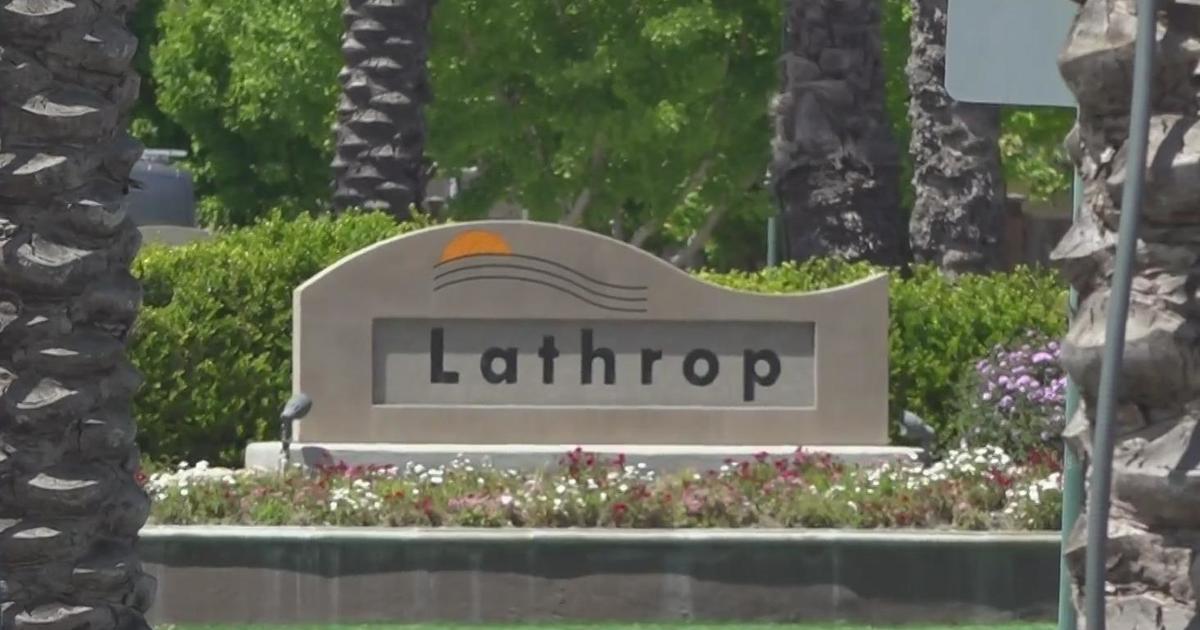Why Were The Latest California Water Conservation Numbers So Bad, And What's Next?
SACRAMENTO (CBS13) — The State Water Resources Control Board released numbers saying the state didn't conserve as much in March as regulators had hoped.
Here are a few answers to questions you might have about today's findings and the restrictions yet to come. Have more drought questions? Send them here.
How Does The State Come Up With These Numbers?
The board is comparing water usage numbers between March of 2013 and March of 2015 with something called residential gallons per capita day. As you could probably guess, it's a measure of how many gallons use per day.
If you really want to get down to the nitty gritty, it's:
[Total Monthly Potable Water Production * Percent Residential Use * Unit Conversion Factor]/Total population Served
Yeah, that made my head hurt, too.
The state only started requiring water districts do the math on those estimates in October of 2014.
Why Didn't Many Districts Meet Their Numbers?
The obvious answer would be that people didn't conserve hard enough, but there are other reasons why districts were trailing badly.
1) The numbers are based on March of 2015. Gov. Jerry Brown's emergency proclamation mandating 25 percent cuts didn't come down until the snow-less snow survey on April 1. Until then, cuts were at a voluntary 20 percent.
2. February and March of 2013 were dry months. February of that year saw 0.26 inches of rain in Sacramento, well below the average 3.69 inches. March looked better with 1.59 inches of its 3.02-inch average, but more than half of that came during the last two days of the month.
Through most of the the first three months of that year, Sacramento only received less than 20 percent of its normal rainfall, leading people to voluntarily cut back on water usage.
This means like last month, the board is comparing this year's total to another dry 2013 month.
What Are The New Rules Based On?
The State Water Resources Control Board originally wanted the numbers based on September. That drew wide criticism from residents and water districts for not including the hottest months of the year where water use would be highest because of outdoor watering.
Now it's based on a three-month average of water usage between July and September. Higher water users would be told to conserve more, up to 36 percent, while lower water users would only need to cut back as low as 8 percent.
How Much Will I Have To Cut Back Watering?
That depends on your water district. Most are waiting for the the final drought regulations to come from the State Water Resources Control Board, which are expected this week. They would not go into effect until June.



